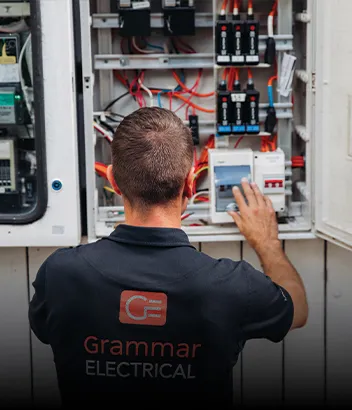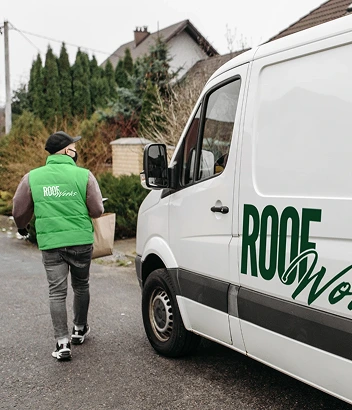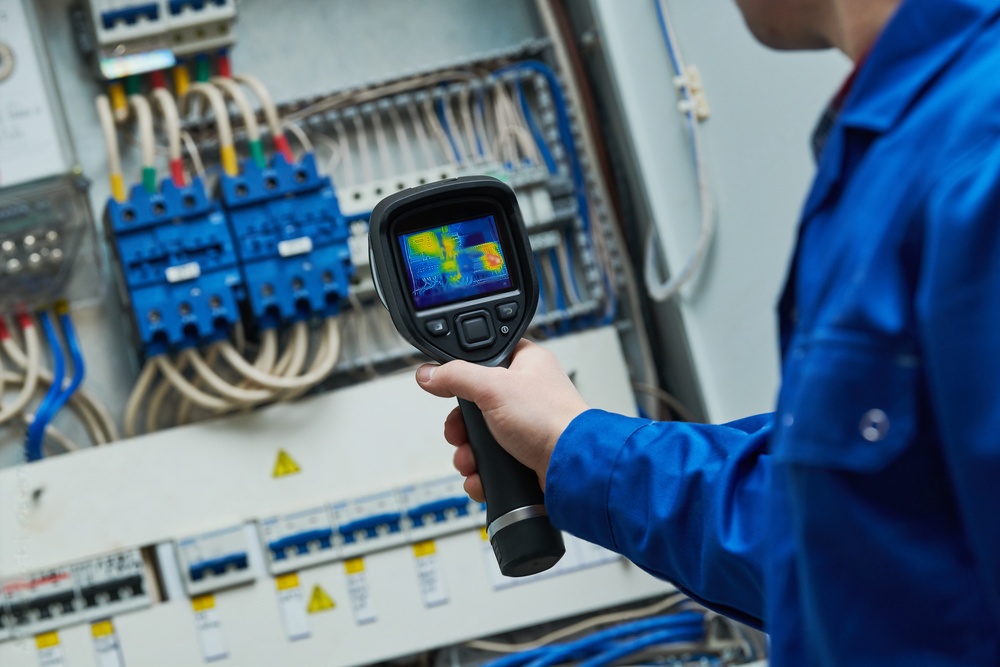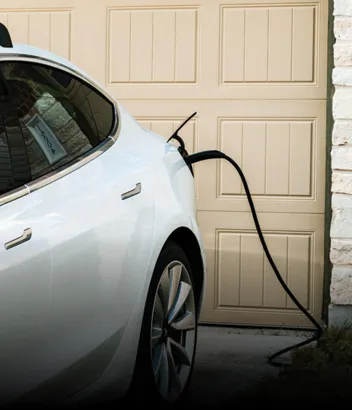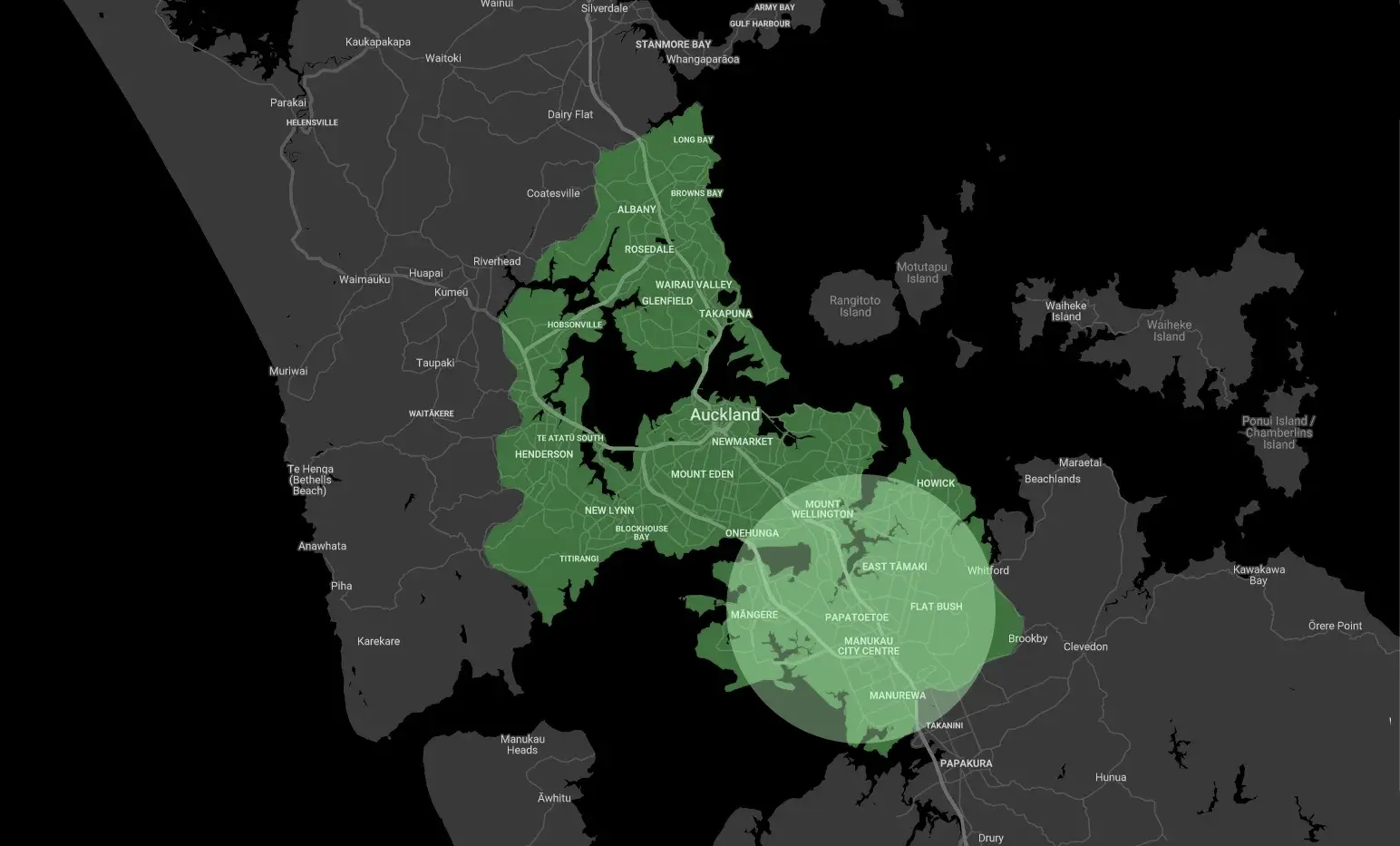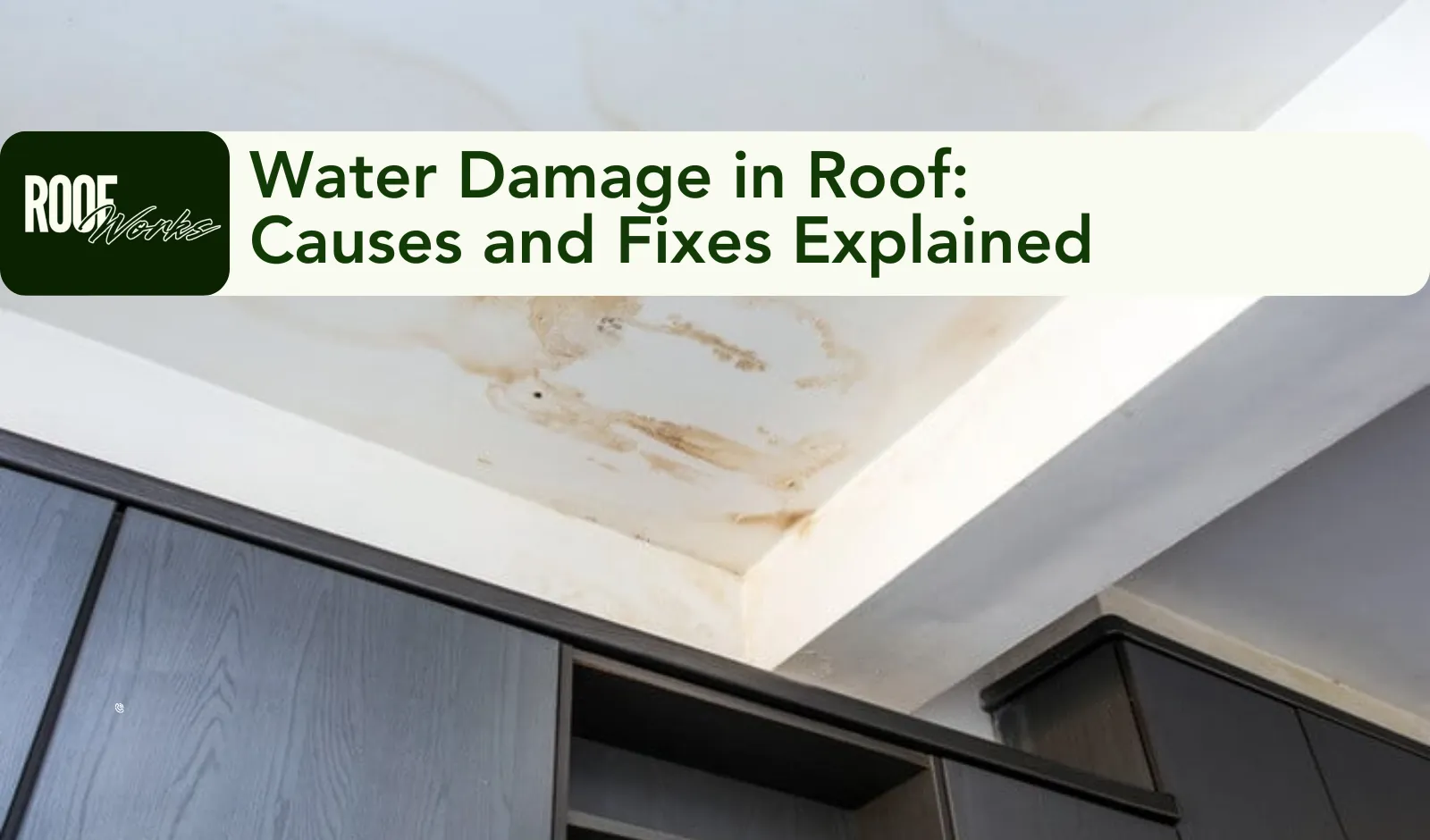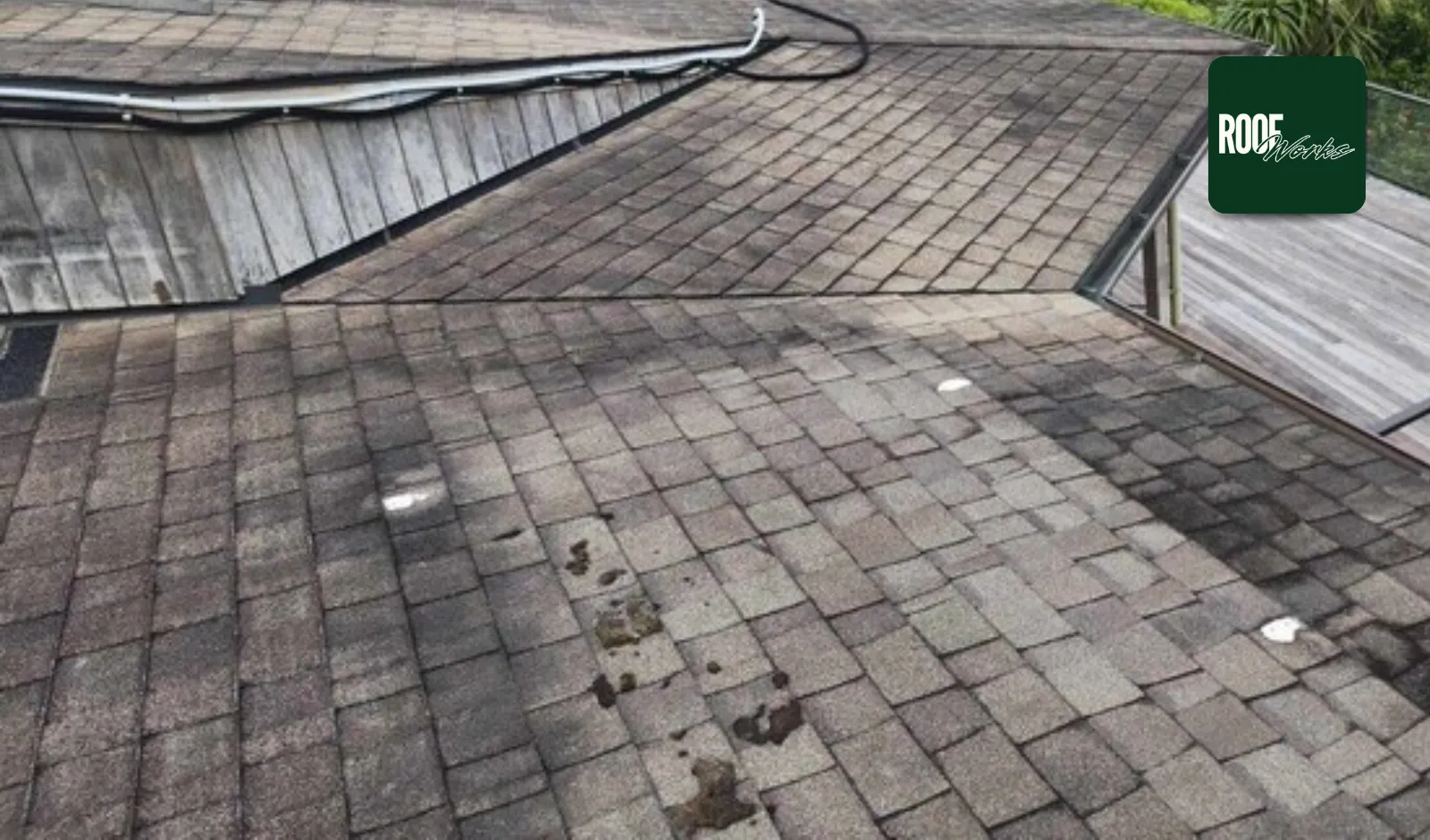

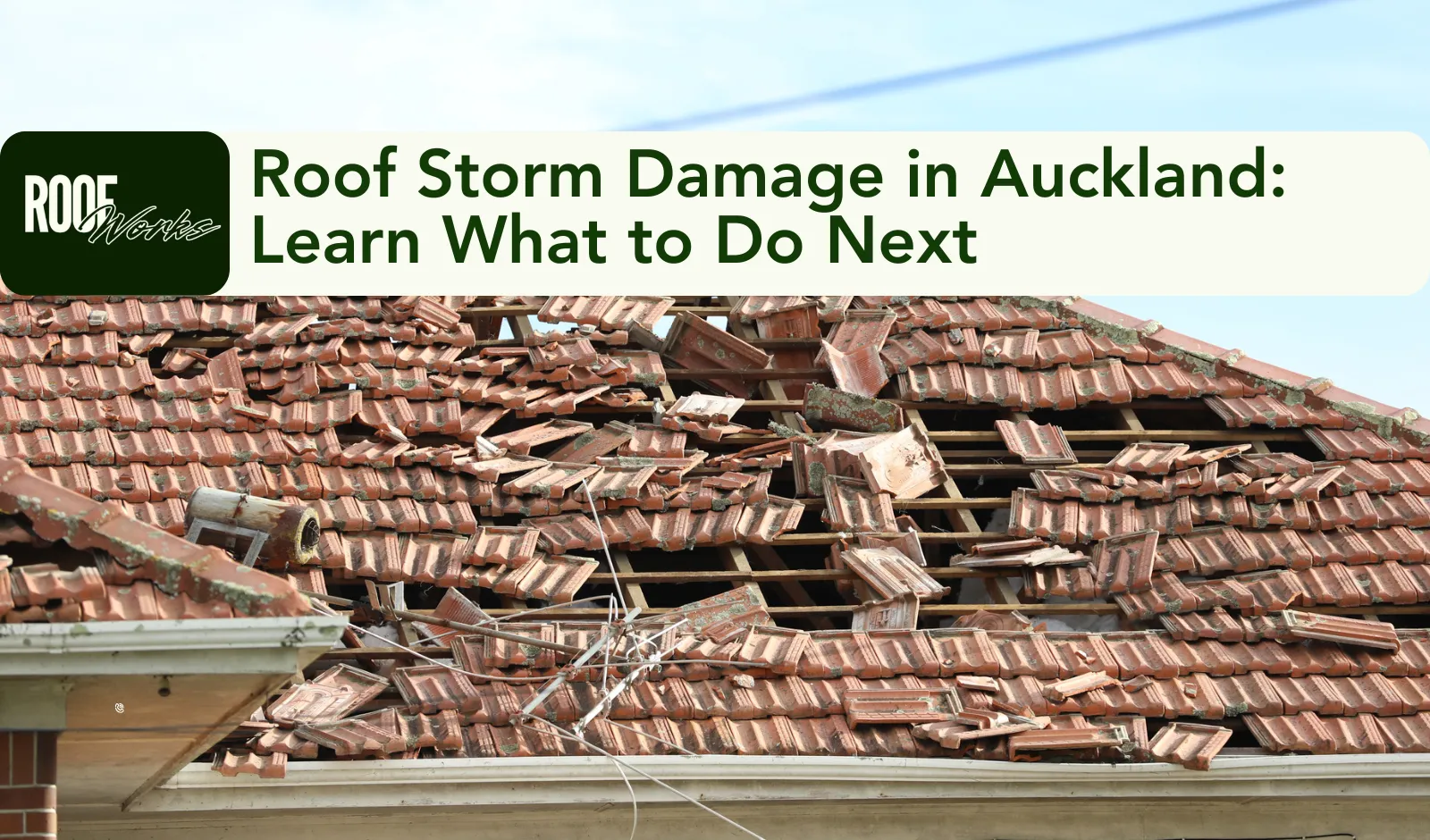
Storms in Auckland can be unpredictable, from heavy rain and high winds to hail and flying debris. While New Zealand’s roofs are built tough, storm damage can happen to any property, often when you least expect it. Knowing how to spot the signs early and when to call for professional roof repair can make all the difference in preventing long-term structural issues.
In this guide, we’ll explain how storms damage your roof, what to look for after extreme weather, how to handle insurance claims, and why hiring professional roofers is the safest way to restore your home.
How Storms Damage Your Roof
Strong winds and heavy rain can cause more harm than you might realise. Even if your roof looks fine from the ground, there could be hidden damage that weakens its structure over time.
Common types of storm damages include:
- Lifted or missing roofing materials - High winds can loosen or tear off metal panels, shingles, or tiles.
- Roof leaks - Heavy rain allows water to seep through small cracks or damaged flashing, leading to interior water damage.
- Punctures or dents - Flying debris or hail can leave marks that compromise the roof’s waterproofing.
- Clogged gutters - Blocked drainage leads to water pooling and increased pressure on the roofline.
- Structural damage - Severe storms may weaken trusses, framing, or the underlayment, putting your home at risk.
Every storm is different, and even minor damage can worsen over time if left untreated. That’s why it’s essential to inspect your roof as soon as possible after extreme weather passes.

Signs of Storm Damage to Your Roof
You don’t need to climb onto your roof to spot warning signs. Here are a few visible indicators that your roof may have suffered during a storm:
- Missing, cracked, or bent roofing panels.
- Water stains or damp patches on ceilings and walls.
- Sagging areas or soft spots that indicate moisture beneath the surface.
- Rust or corrosion on metal roofing.
- Mould, mildew, or musty smells inside your home.
- Loose gutters or fascia boards hanging away from the edge.
If you notice any of these signs of damage, avoid doing your own repairs. Instead, schedule a professional roof inspection to check the condition safely and accurately.
What to Do After Storm Damage
Here’s a simple step-by-step plan to help you take control after a storm hits:
- Stay Safe First
Avoid climbing onto the roof immediately after a storm. Wet, slippery surfaces and loose debris make it dangerous.
- Inspect from the Ground
Walk around your property and look for visible damage such as broken tiles, fallen branches, or missing panels. Take photos for reference.
- Call a Professional Roofing Company
A licensed roofer can inspect your roof up close, assess the damage, and provide a detailed repair plan.
- Contact Your Insurance Company
Report the incident as soon as possible. Provide your inspection report, photos, and estimates from professional roofers to support your claim.
- Schedule Repairs or Replacement
Depending on the severity, your contractor may suggest roof repair or a full roof replacement. Acting quickly ensures you don’t face additional damage from another storm.
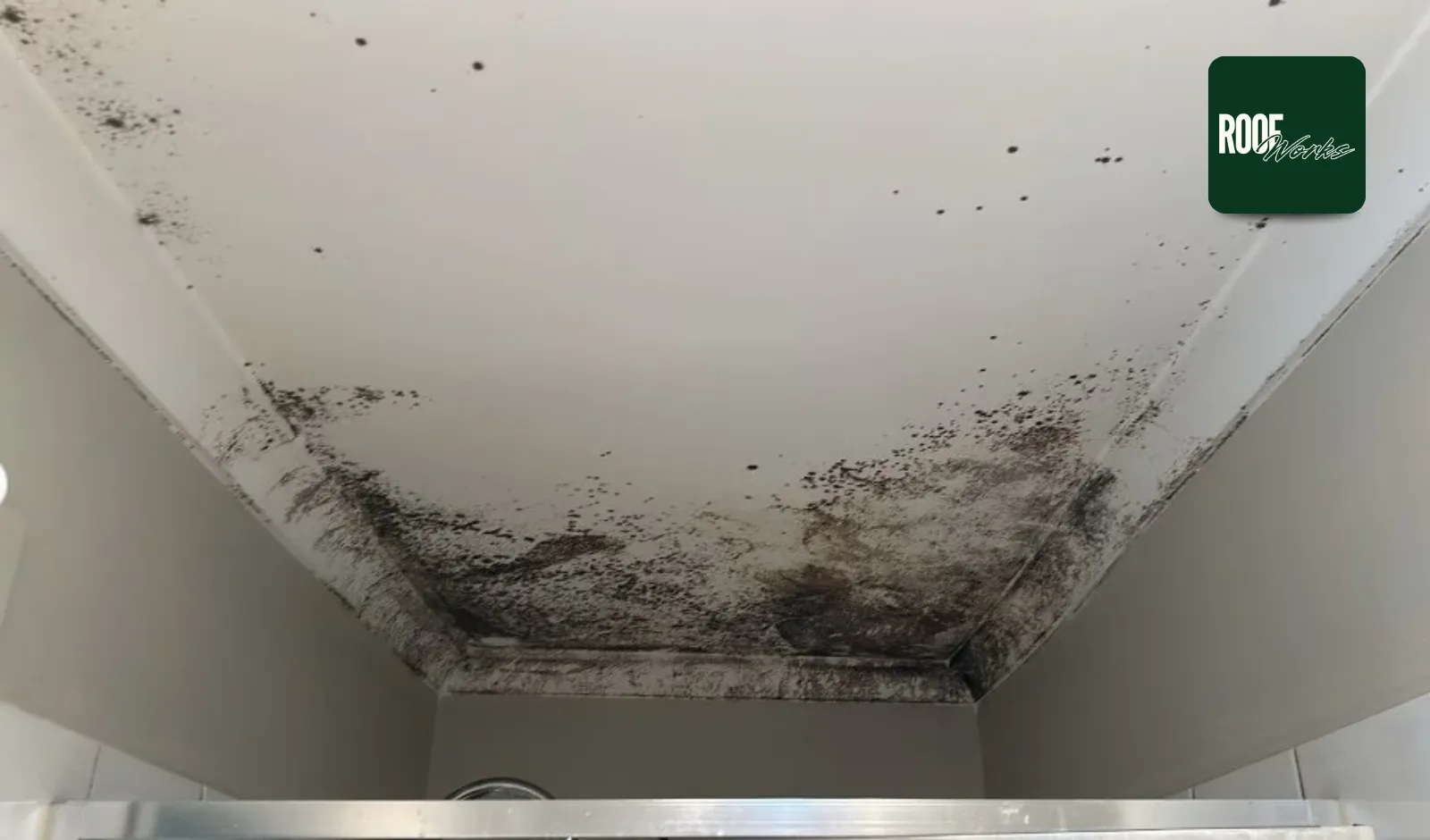
Why You Should Act Fast After a Storm
Delaying repairs can turn a minor issue into major damage to your roof. Water seeps into cracks and spreads quickly, causing:
- Timber rot and weakened framing.
- Ceiling stains and interior mould growth.
- Electrical hazards from moisture exposure.
- Higher long-term roof replacement costs.
A small leak today could mean structural damage tomorrow. Acting fast protects your home, prevents further deterioration, and can even make it easier to file an insurance claim if needed.
How Insurance Companies Handle Roof Storm Damage
In New Zealand, many homeowners’ policies cover storm damage, but it’s important to understand the process. Insurance coverage often depends on the age of your roof, the type of roofing materials, and whether you’ve been keeping up with regular maintenance.
Here’s how the process typically works:
- You file a claim with your insurance company.
- A professional inspection confirms the extent of the damage.
- The insurer determines whether repair or replacement is required.
- You receive a payout or approval to proceed with the repairs.
Working with a trusted roofing company makes this process much smoother. They can provide documentation and communicate directly with your insurer to ensure your claim is handled quickly and fairly.
Roof Repairs vs. Roof Replacement
Not all storm damage requires a full replacement. The right solution depends on the extent of the damage and the type of roof you have. Understanding the signs your roof needs repair helps you decide whether a quick fix or a complete replacement is necessary.
Roof Repair is suitable for:
- Minor leaks or small holes in metal panels.
- Isolated tile cracks or missing fasteners.
- Localised damage that doesn’t affect the structure.
Roof Replacement may be needed when:
- Large areas of roofing are torn off or rusted through.
- The underlayment or framing has sustained severe structural damage.
- The roof is already near the end of its lifespan.
A professional inspection can identify the true condition of your roof and confirm whether repair or replacement is the best option. Expert roofers also use high-quality materials and workmanship to ensure your roof stays strong and protected against future storms.

How Professional Roofers Fix Storm Damage
At Roof Works, our process is designed to restore both safety and strength to your property.
Our team of professional roofers begins with a detailed roof inspection, checking for all visible and hidden damage. We assess roofing panels, flashings, and gutters to ensure no detail is missed.
The repair process typically includes:
- Removing damaged sections of the roof.
- Replacing corroded or bent metal panels.
- Sealing joints and applying high-quality waterproof coatings.
- Reinforcing the structure to withstand future extreme weather.
For severe cases, we provide full roof replacement services using materials like long-run iron or modern metal roofing that offer long-term protection and energy efficiency.
Preventing Future Storm Damage
While no roof is completely storm-proof, regular maintenance can significantly reduce your risk of serious damage.
Here are a few ways to protect your home:
- Schedule annual roof inspections, especially after high winds or heavy rain.
- Keep gutters clear to prevent water overflow.
- Trim overhanging branches that could fall during a storm.
- Repair minor damage quickly to prevent it from spreading.
- Choose professional roofing experts for all repairs and maintenance.
Regular upkeep not only protects your roof but also helps you stay compliant with insurance policies that require regular roof inspections.
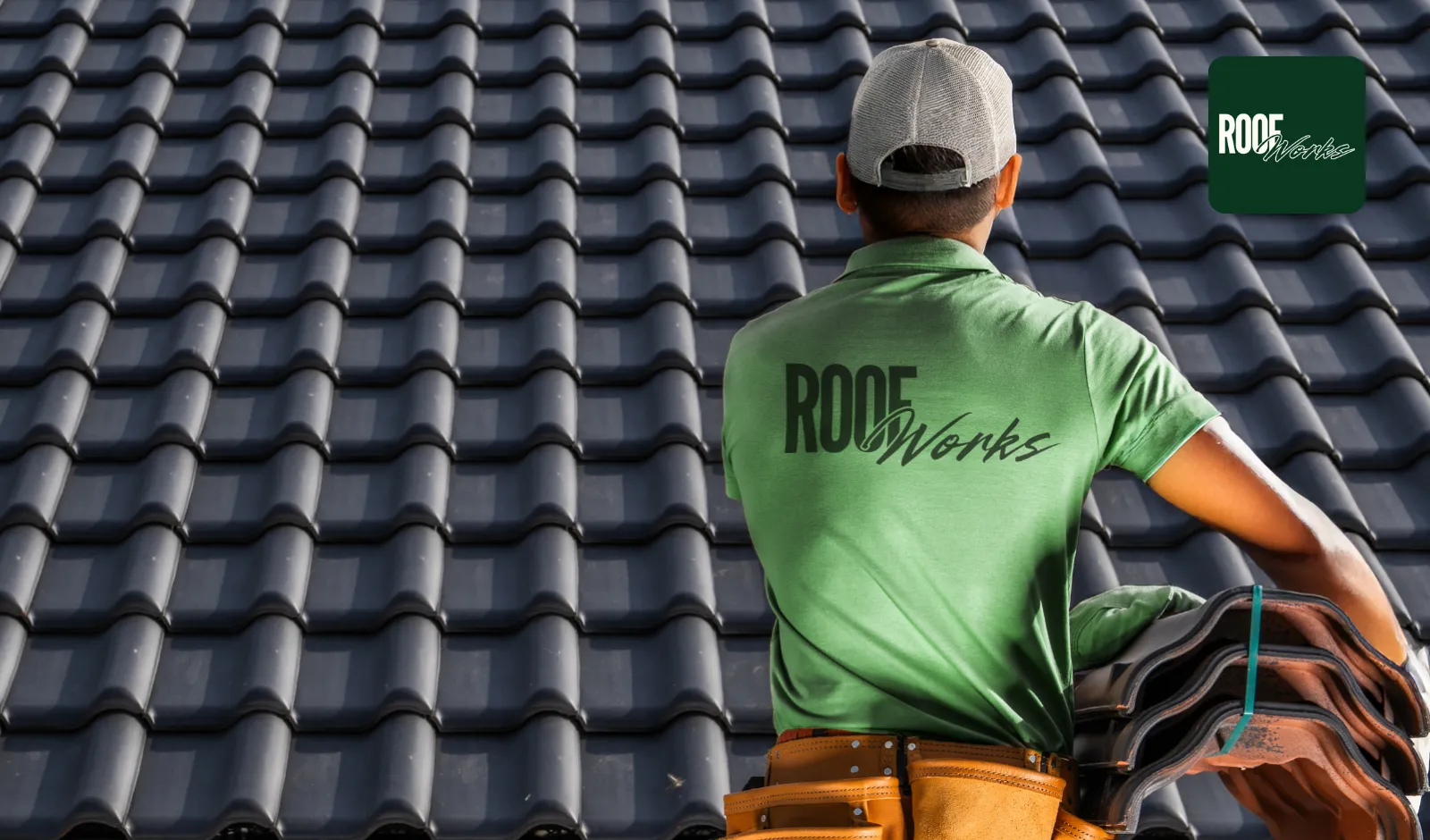
Why Auckland Property Owners Trust Roof Works
When storm damage strikes, quick and reliable help matters. At Roof Works, we’ve spent over 30 years helping homeowners and businesses across Auckland recover from storm damages and restore their roofs to full strength.
Here’s what makes us the trusted choice:
- Specialists in storm damage roof repair and replacement.
- Fully licensed and insured professional roofers.
- 24/7 emergency roof repair service for urgent leaks or wind damage.
- High-quality materials built for New Zealand’s weather conditions.
- Hassle-free support with insurance claims and inspections.
Whether you’re dealing with a few broken panels or major structural issues, our experienced team ensures your roof is repaired quickly and safely.
Call Roof Works today or book online to save $15 on your next roof inspection or repair. Don’t let storm damage put your home at risk, let Auckland’s trusted roofing experts keep your property safe, dry, and secure.
Got a question?
Contact us for a FREE installation quote or book your job online today.
Same Day Service Guarantee - Terms & Conditions

The "Same Day Service Guarantee or it's Free" applies to:
a. Residential work and Commercial only.
b. Jobs specified as needing same day service when booking a job by phone or online.
c. Residential and Commercial work booked with Grammar Electrical:
i) Before 11:00AM
ii) For calls or online bookings received after 11:00AM, the customer will be offered a job. Booking for the next business day and normal callout fees ($170+ GST) will apply.
iii) Any other jobs booked outside business hours (9:00AM - 5:00PM Monday- Friday) will incur after hours charges.
iv) This offer is excluded for jobs booked on New Zealand public holidays.
d. If Grammar Electrical are unable to attend on the same day (within 24 hours) for a job booked by the customer, the standard callout fee of $170 + GST will be waived and is free, but all other normal charges, fees and expenses will apply to perform the Electrical Services and to provide any products/materials concerning those services.
e. The Standard Callout Fee will be deducted from your bill as long as you pay within your invoice's due date. The callout charge is applicable if your invoice is overdue.
f. If Grammar Electrical are willing and able to perform the Service or provide the Goods on the same day the job is booked, however the Customer for whatever reason does not give access to their property on the day, Grammar Electrical will be deemed to have complied with it's "Same Day or it's Free" guarantee and shall be entitled to charge the customer the standard call-out fee.
g. This offer is not a guarantee of work being completed. The completion of the job will depend on stock availability and also the amount of work required.



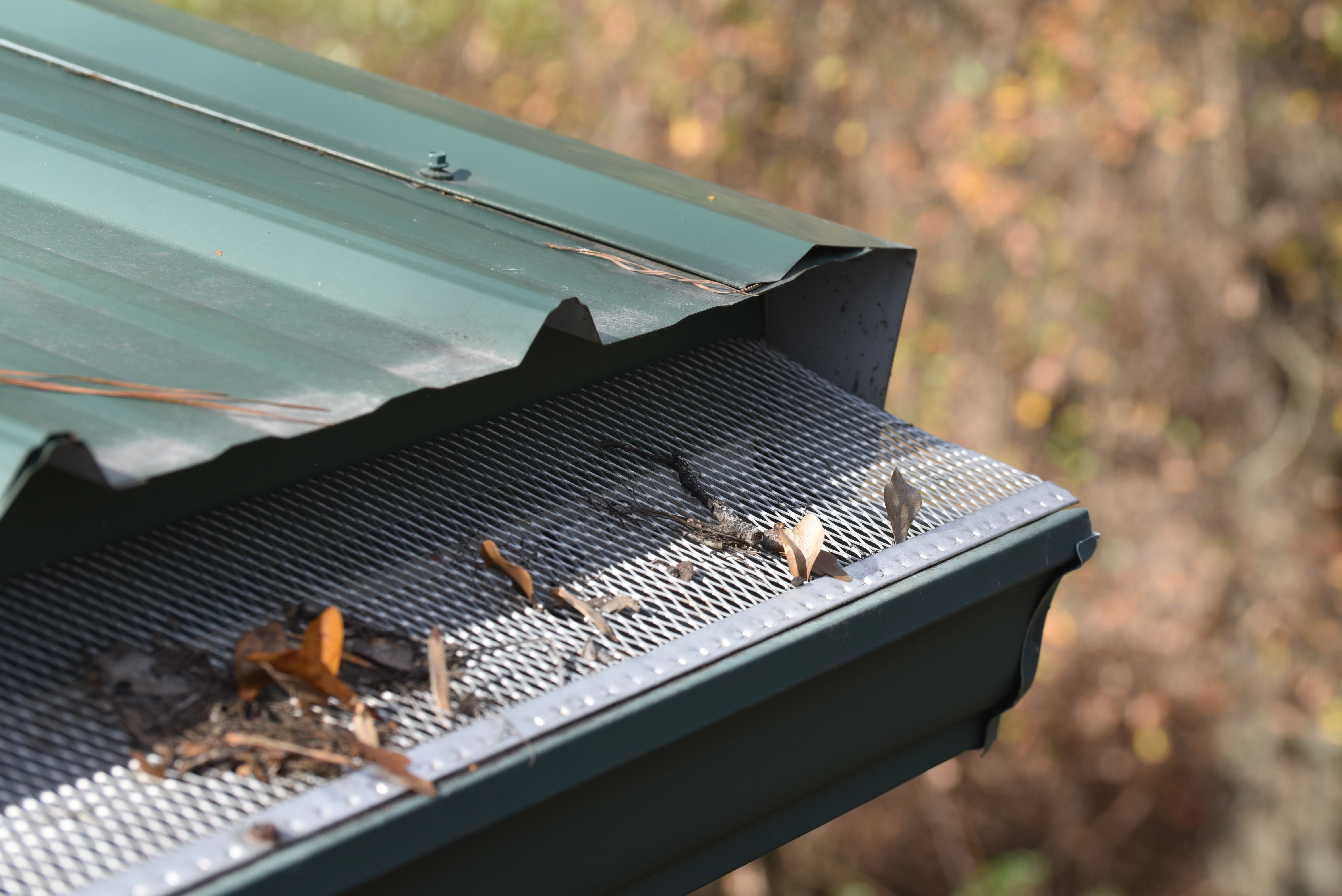
.webp)
